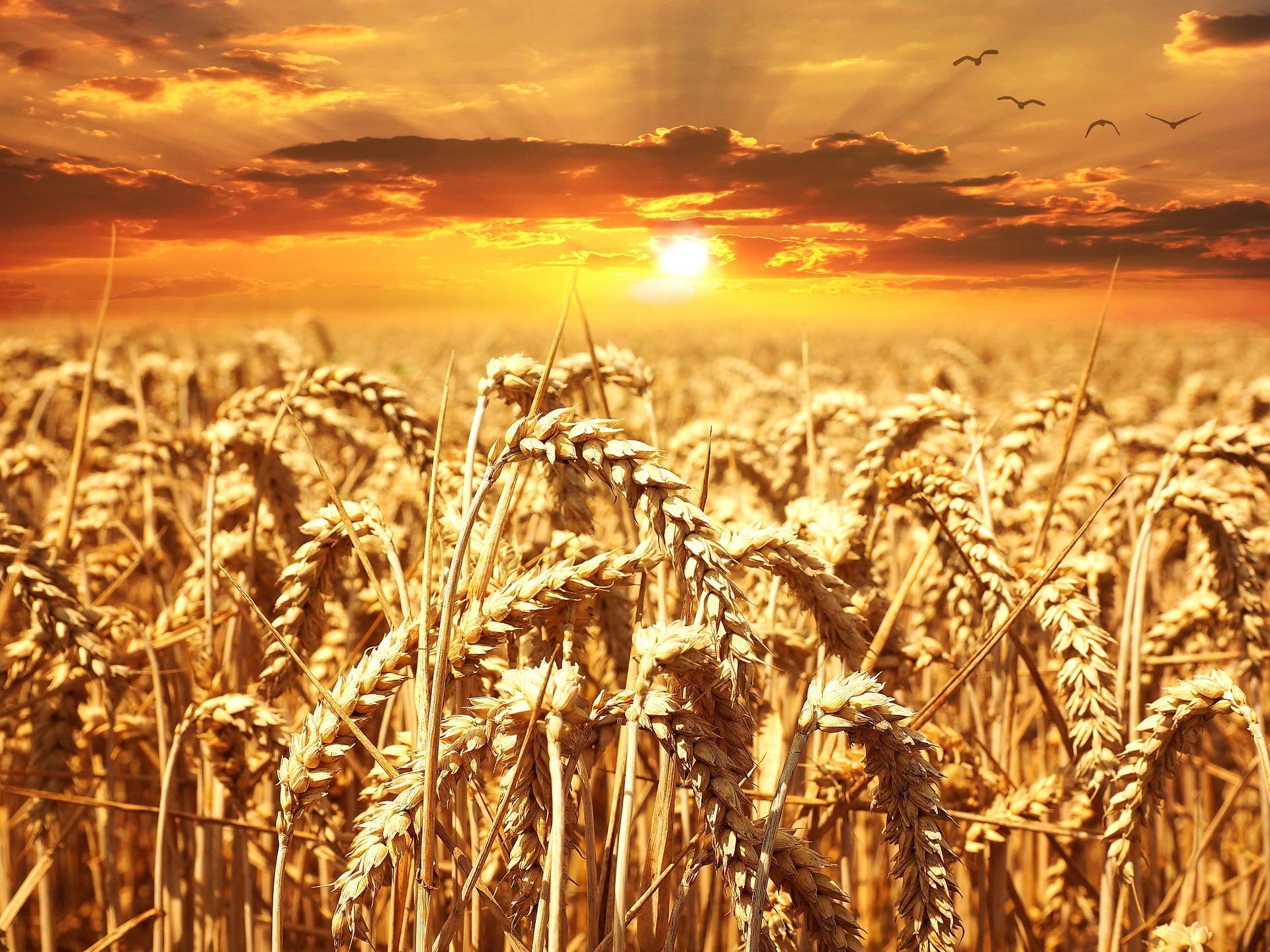“Cooking requires a light head, a generous spirit and an open heart.” - Paul Gaughin
According to various studies and research, it is estimated that approximately 1 to 6% of the population may be gluten intolerant. This condition can manifest in different ways, and for those who have been diagnosed with coeliac disease by a qualified medical professional, it is crucial to understand the dietary changes that need to be made.
Coeliac disease is an autoimmune disorder where the ingestion of gluten—a protein found in wheat, barley, and rye—leads to damage in the small intestine.
Gluten is a group of proteins found in wheat and other grains such as barley, rye, and oats (although oats may be cross-contaminated with gluten). It plays a crucial role in giving dough its elasticity and helping it rise, which is why it’s especially important in baking.
There are two main proteins in gluten:
Glutenin: Provides elasticity and structure to dough.
Gliadin: Helps the dough rise by trapping air during fermentation.
If you find yourself in this situation, you might be wondering what foods are safe to consume and how to maintain a balanced diet while avoiding gluten. It is essential to focus on naturally gluten-free foods such as fruits, vegetables, meat, fish, dairy, and legumes. Additionally, there are many gluten-free grains available, including rice, quinoa, and corn, which can be excellent substitutes for traditional wheat-based products.
When shopping for food, it is important to read labels carefully, as gluten can be hidden in many processed foods. Look for products that are specifically labeled as gluten-free, and be cautious of cross-contamination in kitchens or food preparation areas. Consulting with a dietitian who specializes in gluten intolerance can also provide valuable guidance on meal planning and ensuring that you receive all the necessary nutrients while adhering to a gluten-free diet.
Perhaps you’re just reducing your gluten intake to help facilitate digestion. To change your eating habits, it’s important to know which products contain gluten.
In this article, we're going to see what foods you need to get rid of to go gluten-free, products that you wouldn't suspect of containing gluten, gluten-free foods, and some advice for ensuring you know what contains gluten and what doesn't.

Food to Fully Get Rid Of to Go Gluten-Free
Gluten is everywhere and those who are intolerant often struggle to know what they can and can’t eat. Gluten is a protein that’s found in several kinds of cereal such as wheat, rye, oat, and barley. You can also find gluten in spelt and bulgur.
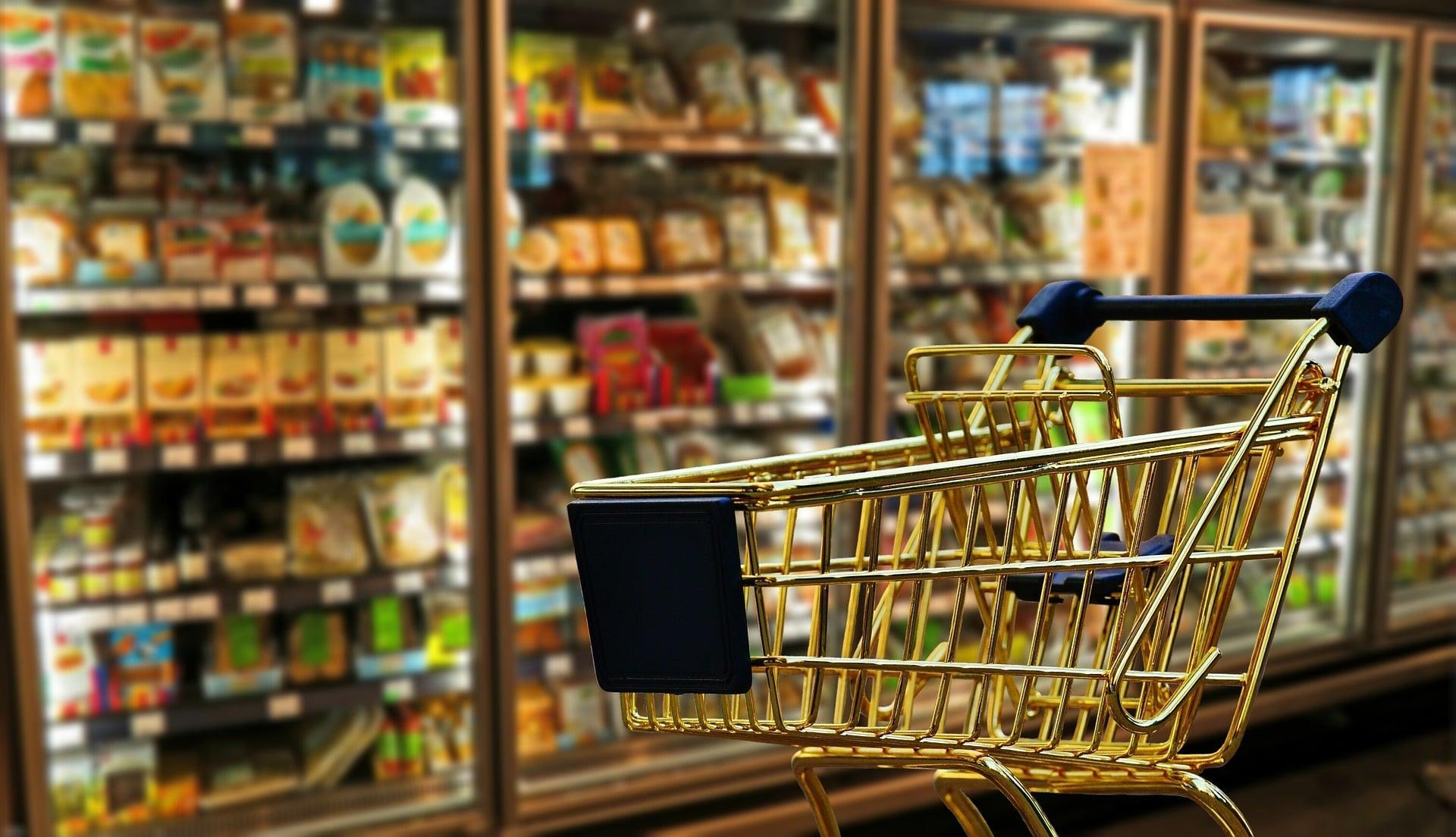
Cereals Products to Avoid
This means you can’t eat traditional bread made from white, spelt, barley, or Kamut flour. Pasta, noodles, couscous, and breadcrumbs are all made from wheat so you won’t be able to have them. Similarly, you’ll also struggle with most breakfast products.
In addition to all that, you won’t be able to have:
- Unleavened bread
- Gingerbread
- Melba toast
- Doughnuts
- Cakes
- Pastries
- Pancakes and crepes
- Waffles
- Sweet or savoury biscuits
- Pie crust
- Pizzas
- Quiches
- Croutons
- Breaded products
- Ravioli
- Gnocchi
- Dumplings
Desserts and Drinks
Pastries are often made with flour or yeast that you can’t have. Gluten’s also present in ice cream cones and frozen desserts with biscuit inside. You can also forget about beer unless it’s gluten-free beer. Similarly, some whiskeys also have gluten added once they’ve been distilled. Similarly, many powdered drinks can contain gluten.
Most whiskeys are gluten-free because the distillation process removes gluten. However, some whiskeys may contain traces of gluten if they are flavored or if additives like coloring agents or flavorings are used during the production process. While the base ingredients of whiskey (barley, corn, rye, or wheat) typically contain gluten, distillation generally separates the gluten from the final product.
That said, if you are particularly sensitive to gluten or have celiac disease, it's always best to:
Check labels for any added flavorings or other ingredients.
Contact the manufacturer for confirmation regarding any potential gluten sources in the production process.
Popular whiskey brands, such as bourbon and Scotch, often have a "gluten-free" statement if their products meet these standards.
Look for Gluten on the Label
The European Commission Regulation (EC) No 41/2009 dictates that any food products with more than 20mg/kg of gluten must state so on the packaging. Similarly, supermarkets are now starting to include gluten-free aisles. They’re often next to other dietary sections and organic sections.
To eat gluten-free, you need to read the labels. To help you, here are several ingredients that include gluten:
- Wheat starch
- Malt
- Malt, barley, or malted barley extracts
- Wheat germ
- Wheat germ oil
- Malted milk
- Malt liquor
- Malt syrup
- Glucose syrup
- Oatmeal and wheat bran
- Triticale
- Amylum tritici (wheat starch in Latin)
You can find lists on Coeliac UK website.
Products Hiding Gluten
There are plenty of products that you wouldn’t think contain gluten but do. Just like which products are vegetarian and which aren't, many surprising products contain gluten.
Find more nutrition courses online here on Superprof.
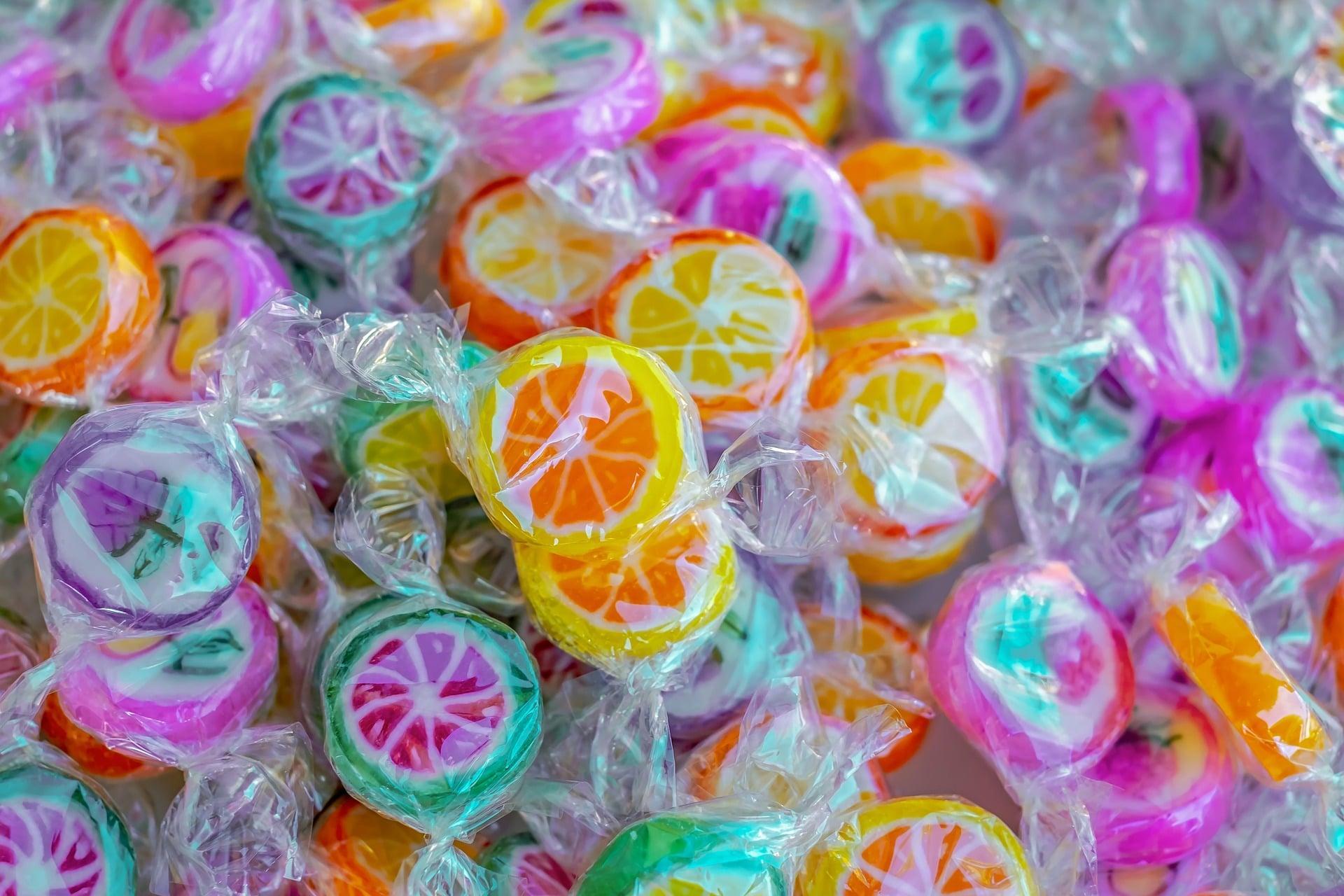
Ready Meals
Ready meals and preprepared meals tend to use gluten-based products as a thickener. If you’re allergic to gluten or suffer gluten intolerance, you’ll probably want to consider regularly cook your meals since instant soups and preprepared sauces can often contain gluten.
Miso soup also contains barley and, therefore, gluten. Peppercorn sauce and ketchup can also contain gluten.
Breaded and Fried Products
Say goodbye to Veal Milanese, chicken nuggets, and vegetable tempura. Breaded and fried products, which are very popular in Asian cuisines, are off the menu since the breadcrumbs and batter often contain products with gluten in them. The batter is often made from wheat, for example.
Crisps and Chips
Did you think crisps were just salted potatoes?
They can be, but it’s rarely the case. Check the labels and avoid certain flavours (barbecue, chicken, etc.) as they tend to contain gluten in the powder as it’s usually wheat-based. Chips, unless they’re homemade, can also contain gluten. Similarly, avoid crisps and other salted snacks as they can often contain wheat starch.
Charcuterie and Cold Cuts
Even cured meats aren’t free from gluten in some cases. However, there are brands that state whether or not their ham or sausages contain gluten. Certain sausages and even blood pudding often contain gluten, too.
Spices and Stock Cubes
Certain spices like curry powder and powdered spices also can contain gluten. Make sure you check the labels. Similarly, stock cubes have a lot of additives which may contain gluten. Check the labels on stock cubes to see if they contain gluten.
Sweets
Not sweets too! Unfortunately, a lot of confectioners use gluten products, especially in chocolate that’s under 70% cocoa. Carefully read the labels and opt for dark chocolate and sour sweets that tend not to contain gluten.
Can You Eat Gluten-Free Japanese Food?
While fish and rice don’t contain gluten, a lot of the sauces are full of it. Avoid soy sauce that includes barley or wheat as well as tempura or sushi. Sushi rice is prepared with vinegar that contains gluten.
If you want to keep eating Japanese food, you're going to need to look for a few gluten-free alternatives.
Dairy Products to Avoid
Dairy products are usually safe for those with coeliac disease except for yoghurts with cereals in them, chocolate desserts, and some low-fat dairy products.
Blue cheese, spreadable cheese, and some creams can also contain gluten. Always check the packaging.
Medicines Containing Gluten
Wheat starch is often used in the pharmaceutical industry. Check with your doctor if you’re taking certain pills.
Other Foods that Can Contain Gluten
- Surimi
- Meatballs and croquettes
- Dried fruits
- Canned foods
- Gherkins (the vinegar is often malt-based)
- Baking powders
Find out why people go gluten-free.
Safe Gluten-Free Foods
To live without gluten, you’ll need to change your diet, habits, and cook for yourself.
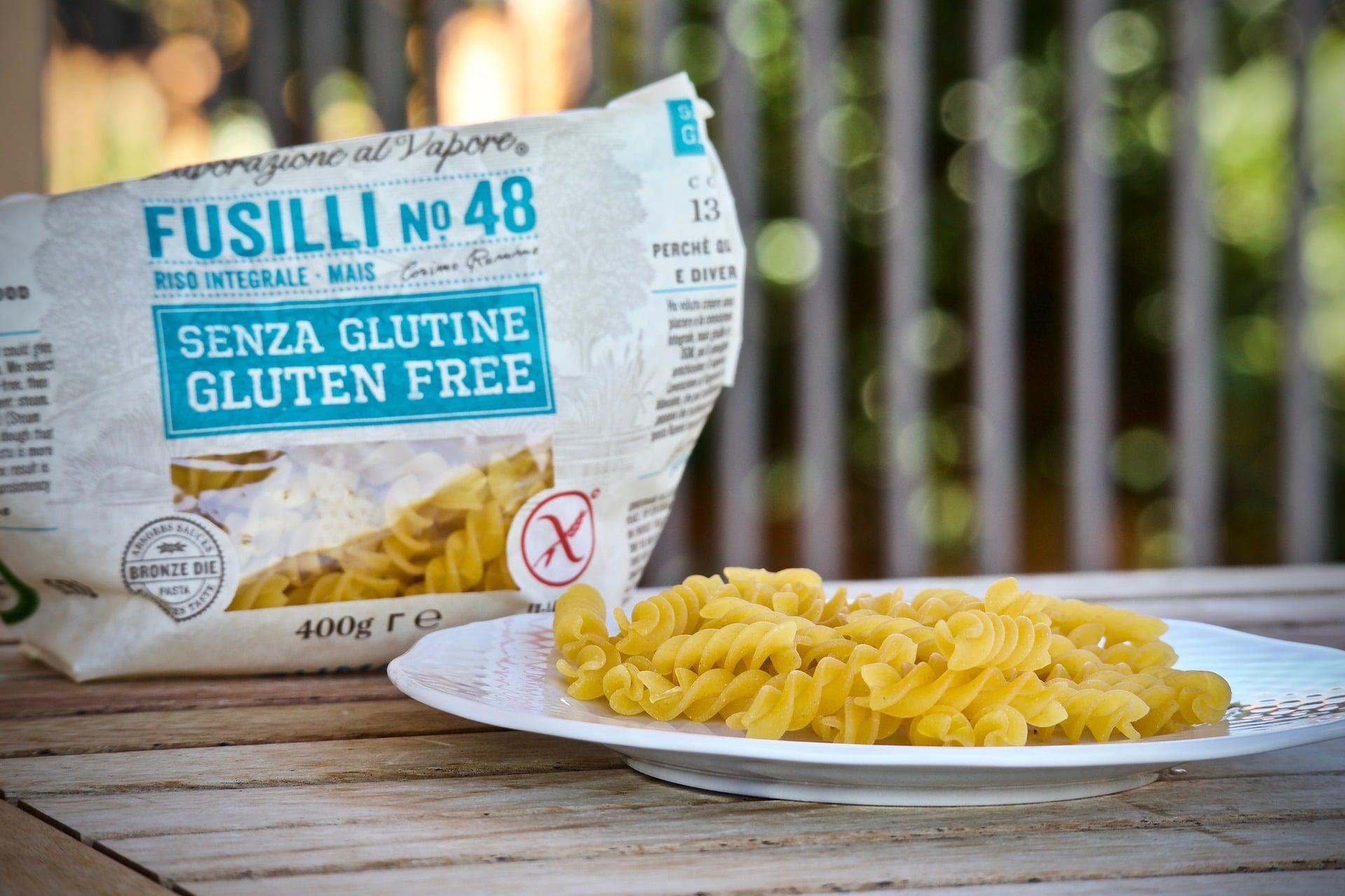
Safe Foods
Even though it seems that the list of foods containing gluten is endless, there are plenty of gluten-free foods you can use:
- Certain cereals and starches: rice, corn, millet, teff, soy, lupin, sesame, amaranth, chestnut, tapioca, sorghum and their derivatives (flour, corn starch, polenta, popcorn), potatoes, potato starch, chickpea flour, lentil flour, coconut flour, buckwheat flour.
- Dairy products: fresh milk, pasteurised milk, UHT, concentrated, powdered.
- Meat, charcuterie, and eggs: fresh meat, confits, foie gras, bacon, lard, cured ham, eggs.
- Fish: fresh, salted, smoked, raw, and even tinned fish (in oil or white vinegar), caviar, frozen or fresh shellfish.
- Vegetarian products: tofu, tempeh, yuba (check the labels on smoked tofu).
In addition to products that don't contain gluten, there are also many gluten-free alternatives for products that would otherwise contain gluten including pasta, bread, and flour.
Discover some great gluten-free recipes.
Advice for Eating Gluten-Free
Replace wheat flour with gluten-free flour: rice flour, chickpea flour, cornflour, chestnut flour, buckwheat flour, etc.
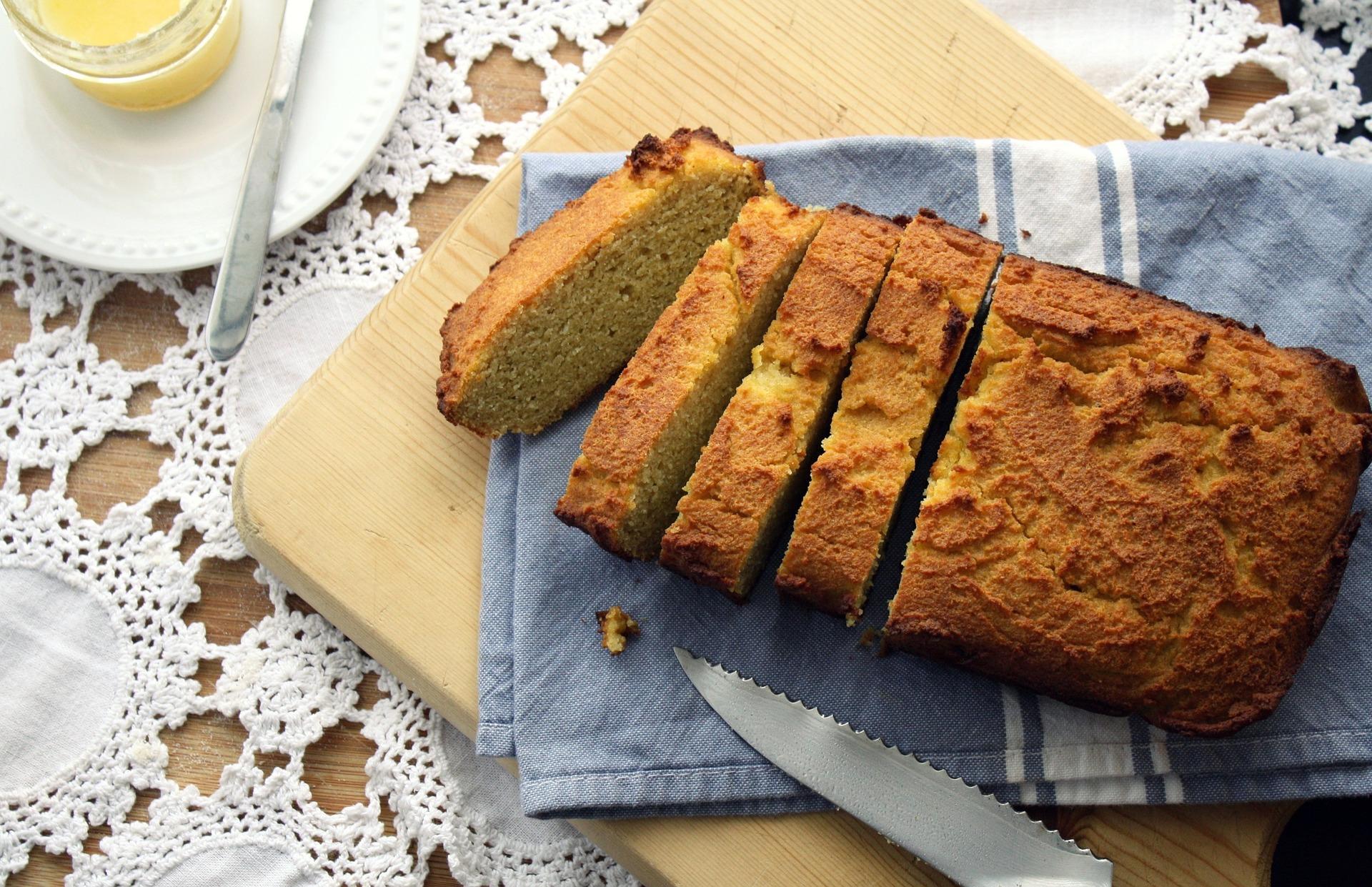
To thicken sauces, use corn starch or potatoes instead of flour. Replace pasta with rice, quinoa, millet, or vegetables. You can buy gluten-free bread or make your own with the right types of flour. Avoid ready meals, add lentils or chickpeas to salads and soups instead of products containing gluten, and cook for yourself to ensure that everything's gluten-free.
So are you ready to make your gluten-free dishes?
Find out how to go gluten-free.
If you think you may suffer from gluten insensitivity or gluten intolerance or start to suffer the gastrointestinal symptoms of either, make sure to see a medical professional before starting a gluten-free diet.
If you need any help with nutritional advice, consider getting in touch with one of the private tutors on Superprof. There are many a talented nutritionist near me, dietitian, and fitness instructor who can help you.
There are three main types of tutorials on offer: face-to-face tutorials, online tutorials, and group tutorials. Each has several advantages and disadvantages and it's up to the student to choose the type that works best for them.
Face-to-face private tutorials offer a bespoke service. Since they're just between you and the tutor, they can focus fully on you and your goals. Of course, this does come at a cost and face-to-face tutorials tend to be the most expensive type of tutorials available. However, they're often the most cost-effective, too!
Online tutorials are also just between you and the tutor but with the main difference being that the tutor isn't physically there in the room with you. Thanks to the internet, you can now learn online, communicating with your tutor via webcam using video conferencing software such as Skype. With fewer travel expenses and the ability to schedule more tutorials per week, online tutorials tend to be cheaper per hour than face-to-face ones.
Finally, group tutorials involve one tutor and several students. With multiple students, less of the tutor's time will be spent focusing on you. However, the cost of the tutor's time and expertise will also be shared amongst all the students. This means that group tutorials are usually the cheapest per student per hour.
Don't forget that a lot of tutors on Superprof also offer the first hour of tutoring for free!

